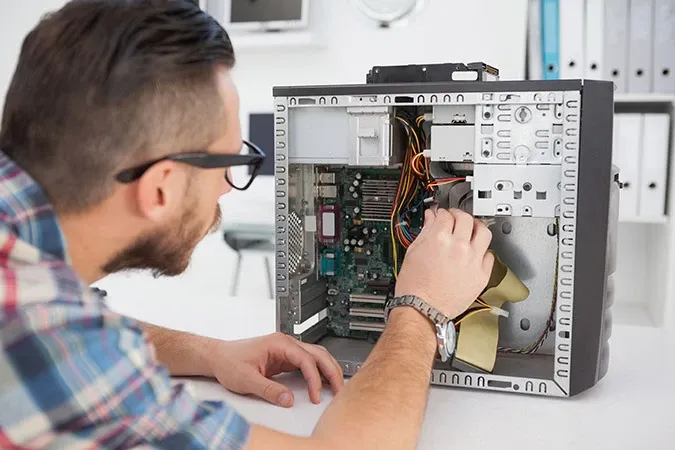Qualcomm Completes Acquisition of Alphawave Semi
Qualcomm completed the acquisition of Alphawave Semi ahead of schedule.

The European Parliament adopted the directive on the so-called “right to repair” for consumers. The rules clarify the obligations of manufacturers to repair goods and encourage consumers to extend a product’s lifecycle through repair.
The new rules ensure that manufacturers provide timely and cost-effective repair services and inform consumers about their rights to repair. Goods repaired under the warranty will benefit from an additional one-year extension of the legal guarantee, further incentivizing consumers to choose repair instead of replacement.
After the legal guarantee has expired, the manufacturer is still required to repair common household products, which are technically repairable under EU law, such as washing machines, vacuum cleaners, and even smartphones. The list of product categories can be extended over time. Consumers may also borrow a device whilst theirs is being repaired or, if it cannot be fixed, opt for a refurbished unit as an alternative.
A European information form can be offered to consumers to help them assess and compare repair services (detailing the nature of the defect, price, and duration of the repair). To make the repair process easier, a European online platform with national sections will be set up to help consumers easily find local repair shops, sellers of refurbished goods, buyers of defective items, or community-led repair initiatives, such as repair cafes.
The rules aim to strengthen the EU repair market and reduce repair costs for consumers. Manufacturers will have to provide spare parts and tools at a reasonable price and will be prohibited from using contractual clauses, hardware, or software techniques that obstruct repairs. In particular, they cannot impede the use of second-hand or 3D-printed spare parts by independent repairers, nor can they refuse to repair a product solely for economic reasons or because it was previously repaired by someone else.
To make repairs more affordable, each member state will have to implement at least one measure to promote repair, such as repair vouchers and funds, conducting information campaigns, offering repair courses, or supporting community-led repair spaces. Once the directive is formally approved by the Council and published in the EU Official Journal, member states will have 24 months to transpose it into national law.